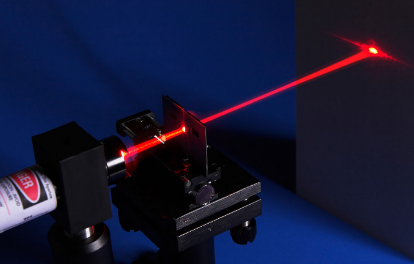Comparison of Solid State Lasers and Semiconductor Lasers
The difference between a semiconductor laser and a solid-state laser lies in the working material, price, and excitation source.
Working substance
Common working materials of Semiconductor Lasers are gallium arsenide (GaAs), cadmium sulfide (CdS), indium phosphide (InP), zinc sulfide (ZnS), etc.
The working substance commonly used in Solid-state Lasers is composed of optically transparent crystal or glass as the host material, doped with activated ions or other activated substances.

Price
The price of Semiconductor Laser is low.
Solid-state Lasers are more expensive due to the complicated preparation of the working medium.
Incentive source
There are three main excitation methods of Semiconductor Lasers, namely electric injection type, optical pump type and high-energy electron beam excitation type. Electric injection Semiconductor Lasers are generally semiconductor junction diodes made of gallium arsenide (GaAs), cadmium sulfide (CdS), indium phosphide (InP), zinc sulfide (ZnS) and other materials. The injected current is excited to produce stimulated emission in the junction plane region.
Optically pumped Semiconductor Lasers generally use N-type or P-type semiconductor single crystals (such as GaAS, InAs, InSb, etc.) as the working substance, and use the laser light emitted by other lasers as the optical pump excitation. High-energy electron beam-excited semiconductor lasers generally use N-type or P-type semiconductor single crystals (such as PbS, CdS, ZhO, etc.) as the working material, and are excited by injecting high-energy electron beams from the outside.
Solid-state Lasers use light as the excitation source. Commonly used pulse excitation sources are xenon-charged flash lamps; continuous excitation sources include krypton arc lamps, iodine tungsten lamps, potassium rubidium lamps, etc. In small long-life lasers, semiconductor light-emitting diodes or sunlight can be used as excitation sources. Some new Solid-state Lasers also use laser excitation.
